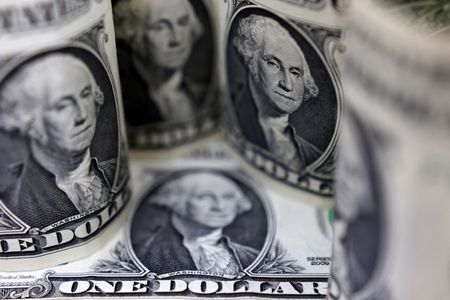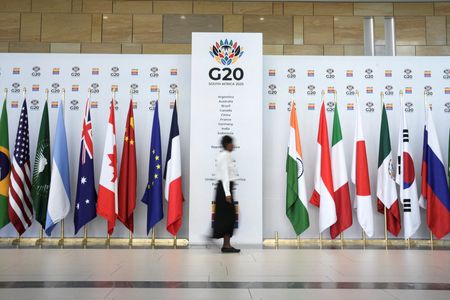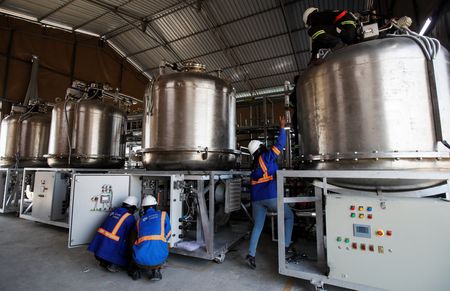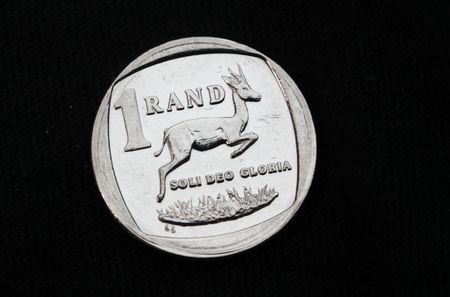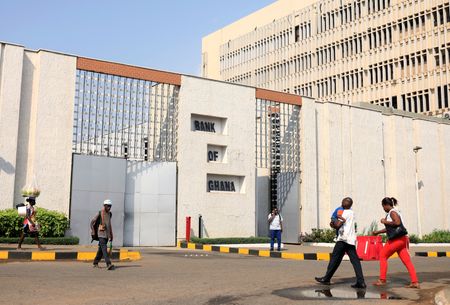By Karen Brettell
NEW YORK (Reuters) -The dollar was on track for a weekly loss against the euro on Friday as a delay in the introduction of trade tariffs planned by U.S. President Donald Trump raised hopes that they may not be as bad as feared, while optimism about a peace deal between Russia and Ukraine helped the single currency rally.
The dollar index also fell to a nine-week low after data showed that retail sales fell more than expected in January, leading traders to raise bets that the Federal Reserve may cut rates two times this year.
“Markets are still hoping that tariff headwinds are not going to be as significant as perhaps previously feared, then probably the bigger element this week is enthusiasm about potential Russia-Ukraine ceasefire and to what extent that might be positive for European growth in particular,” said Vassili Serebriakov, an FX strategist at UBS in New York.
“The retail sales are probably a tertiary factor, but it’s kept the dollar on the back foot,” Serebriakov said.
The euro rose 0.32% to $1.0497 and got as high as $1.0514, the highest since January 27. It is on pace for a weekly gain of 1.7%.
The Japanese yen strengthened 0.37% against the greenback to 152.22 per dollar.
The dollar index was last down 0.35% at 106.72 and on track for a weekly loss of 1.3%. It reached 106.56, the lowest since December 12.
Trump on Thursday tasked his economics team with devising plans for reciprocal tariffs on every country that taxes U.S. imports. Howard Lutnick, Trump’s pick for commerce secretary, said the administration would address each affected country one by one and said studies on the issue would be completed by April 1.
The broad announcement appeared designed at least in part to trigger talks with other countries, with a White House official saying Trump would gladly lower tariffs if other countries lowered theirs.
U.S. Treasury Secretary Scott Bessent also said on Friday that the Trump administration is looking beyond tariffs and non-tariff barriers to examine currency manipulation as it studies the issue.
Analysts say that tariffs could add to inflation, keeping the dollar higher as the Fed holds rates higher for longer.
Trump also said on Friday he plans to impose tariffs on imported cars around April 2.
The euro and other European currencies have been supported this week by optimism that Russia and Ukraine will reach a peace deal.
Trump discussed the war in Ukraine on Wednesday in phone calls with Russian President Vladimir Putin and Ukrainian President Volodymyr Zelenskiy.
Friday’s retail sales data, meanwhile, comes after Thursday’s producer price report for January pointed towards lower than previously thought core Personal Consumption Expenditures Price Index later this month, which is the Fed’s preferred inflation measure.
Futures traders are now pricing in 41 basis points of cuts for the year, fully reversing a move towards reduced rate cut expectations after consumer price data came in hotter than expected on Wednesday.
In cryptocurrencies, bitcoin gained 1.32% to $97,781.23.
(Editing by Toby Chopra; editing by Diane Craft)

